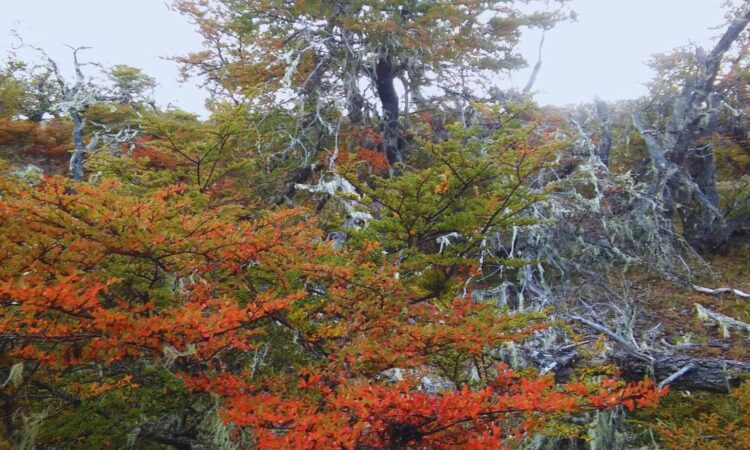
Patagonia Argentina | Researchers assert that the native forests of Đire are resistant to climate change
The response capacity and vulnerability of forests to drought and climate change vary between different biomes. Knowing the responses of trees to drought provides key information about forest resilience and changes in species distribution. We share the analysis of specialists from INTA Argentina, Pablo Peri.
The ñire is a native forest species that adapts to a wide variety of environmental conditions, it is found both in places with excess humidity and in dry places. This determines its wide distribution throughout Patagonia.
For this reason, a research team - made up of specialists from Argentina and Chile - carried out an investigation to find out the response of the Ñires (Nothofagus antartica) in the face of a climate change scenario. In this sense, the researchers tested the hypothesis that populations of trees that thrive in dry environments are more resistant to drought than those that grow in humid places.
Pablo Peri, coordinator of the INTA National Forest Program and one of those responsible for the research, pointed out that “the Nothofagus antartica forests were evaluated in an annual precipitation range of 500 to 2000 millimeters of rain,” and specified that at this analysis added “data on drought events in recent decades.”
“The ñire trees were not significantly affected in their growth, which indicates that it is a species that adapts to climate change events, increasing the efficiency of water use,” added Peri.
To understand the response of ñire forests to drought, the researchers determined temporal trends in radial trunk growth in 12 populations located along a strong precipitation gradient (annual precipitation of 500–2000 mm) in Chile and Argentina. .
Using dendrochronological methods, models were fitted to predict the annual increase in basal area as a function of year and drought.
They also measured carbon and oxygen isotope signals and estimated intrinsic water use efficiency to provide possible physiological causes for tree growth responses to drought.
The work demonstrates that all populations, regardless of site humidity, showed an increase in their intrinsic water use efficiency in recent decades, a trend that seems to be explained by an increase in photosynthetic rate rather than induced stomatal closure. because of the drought.
For Peri, “the absence of negative effects induced by drought on the growth of ñire trees in a tree species with a wide niche breadth is promising because it could be related to the mechanisms that tree species have to face drought events. drought".
In this sense, the researcher pointed out that "in the work we suggest that the drought resistance of Nothofagus antartica could be attributed to its short stature and relatively low growth rate."
The INTA, the Austral Center for Scientific Research (CADIC), the National Council for Scientific and Technical Research (Conicet), the University of Talca, the Patagonian Ecosystem Research Center (CIEP), the Pyrenean Institute of Ecology (IPE-CSIC) participated in the work. ), Spain Institut für Geographie, Friedrich-Alexander-Universität, Erlangen-Nürnberg.
The work “ 𝑙𝑒𝑠 𝑑𝑒 𝑛̃𝑖𝑟𝑒 𝑟𝑒𝑙𝑎𝑐𝑖𝑜𝑛𝑎𝑑𝑜 𝑎𝑙 𝑐𝑎𝑚𝑏𝑖𝑜 𝑐𝑙𝑖𝑚𝑎́𝑡𝑖𝑐𝑜” was published in the international journal Annals of Botany and is available at https://academic.oup.com/aob/article/131/6/941/7095679

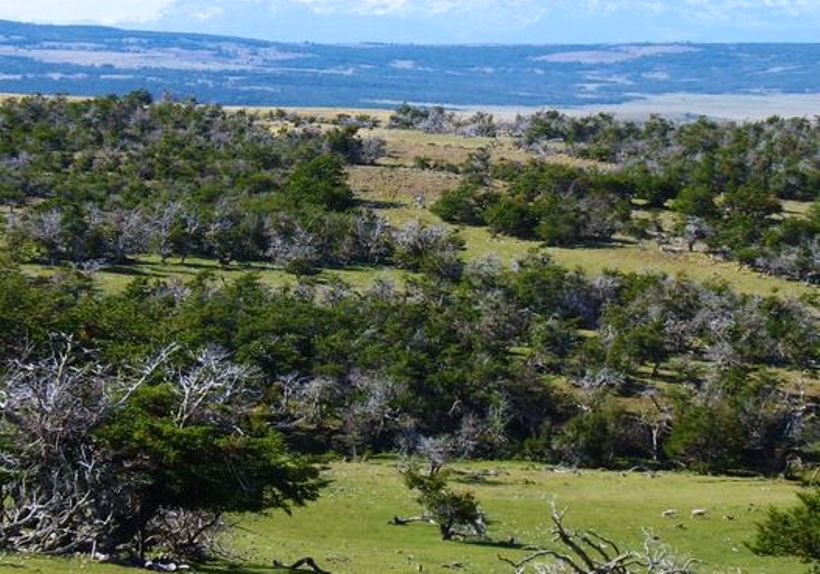

IT MAY INTEREST YOU
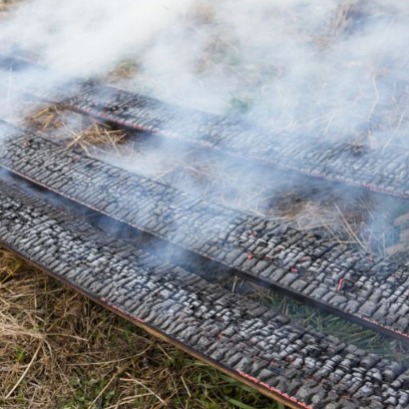 Burned wood: the Japanese technique that beautifies and protects the material
Burned wood: the Japanese technique that beautifies and protects the material
Elegant, ecological and resistant: the wood treated with the millenary technique called Yakisugi challenges the weather and the passage of time. In the world of design and construction, a Japanese ancestral technique is gaining prominence. This is the Yakisugi (also known as Shou Sugi Ban), a method that consists in burning the surface of the wood to make it more resistant and attractive. Although it may seem contradictory, exposing wood to fire gives natural protection against moisture, insects and deterioration over time.
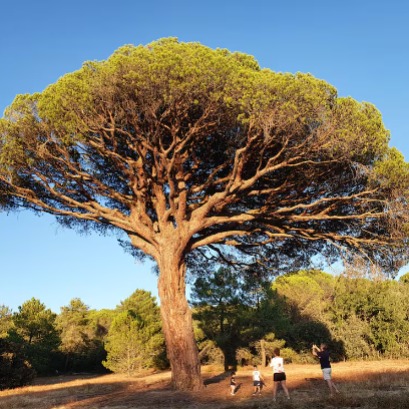 The only animal in the world that plant millions of trees every year and is vital for the conservation of nature
The only animal in the world that plant millions of trees every year and is vital for the conservation of nature
They play a crucial role in the conservation of forest ecosystems Nature is full of wonders and surprising processes that often go unnoticed. One of these phenomena is the ability of a small animal to plant millions of trees every year, playing a crucial role in the conservation of forest ecosystems.
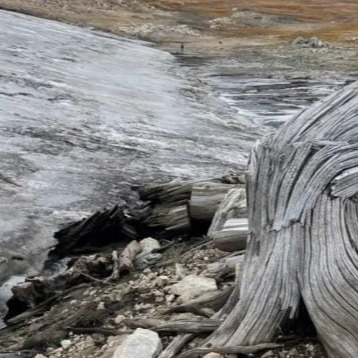 Unusual finding: a pine forest in excellent condition emerges after 6,000 years buried under the ice
Unusual finding: a pine forest in excellent condition emerges after 6,000 years buried under the ice
In the world there are millions of forests. Some are close to urban centers, others in remote and inaccessible places, but they all fulfill a key role: maintain the balance of the planet. They are literally the lung of the earth. When talking about a new forest, the first thing that comes to mind is usually reforestation, a recent plantation or the recovery of an area razed by fire. But this discovery is on another way. It is not a forest sown recently. It is an old forest, which was there for thousands of years, buried under the ice. And now, with the thaw caused by global warming, he has emerged again.





















